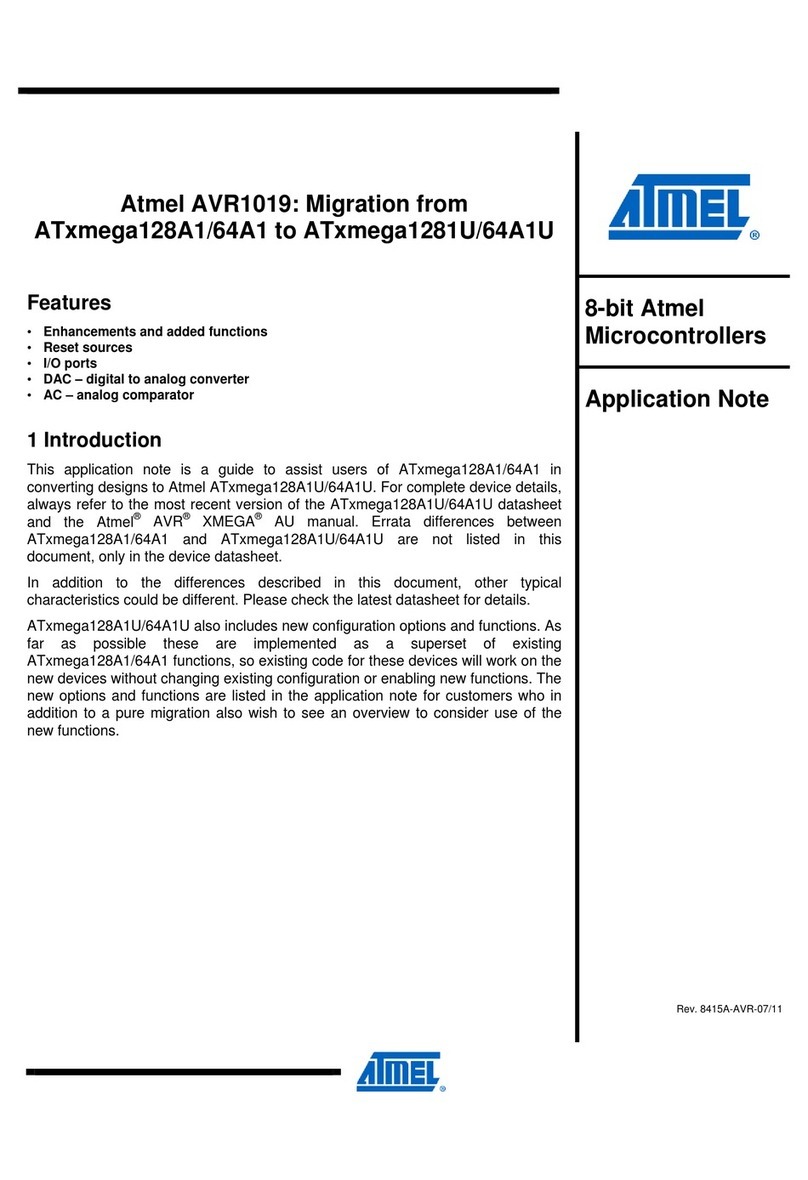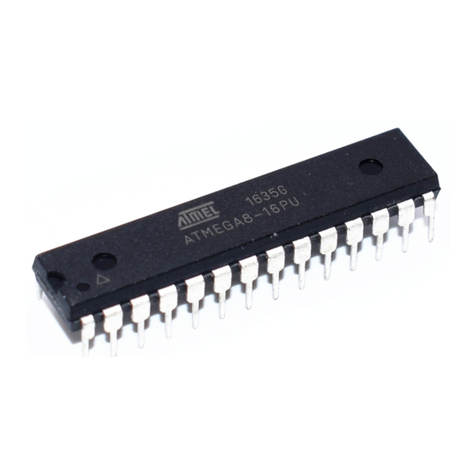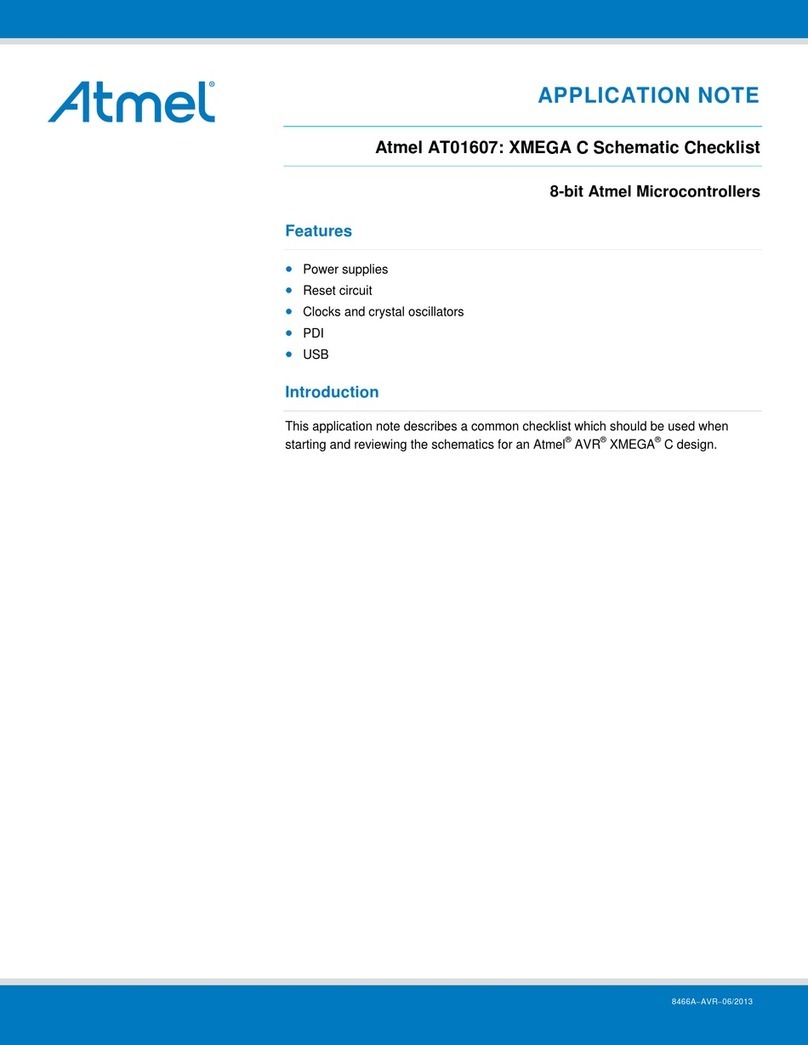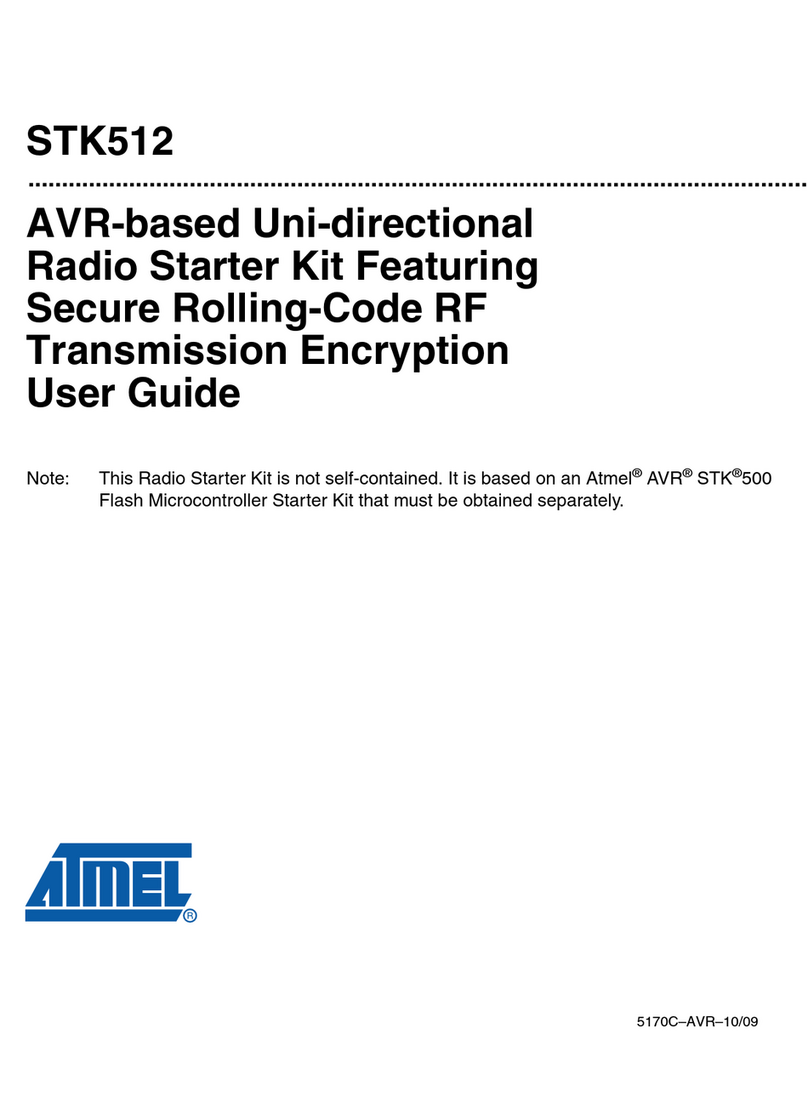Atmel AVR4901 Installation and operating instructions
Other Atmel Microcontroller manuals

Atmel
Atmel AVR1306 User manual
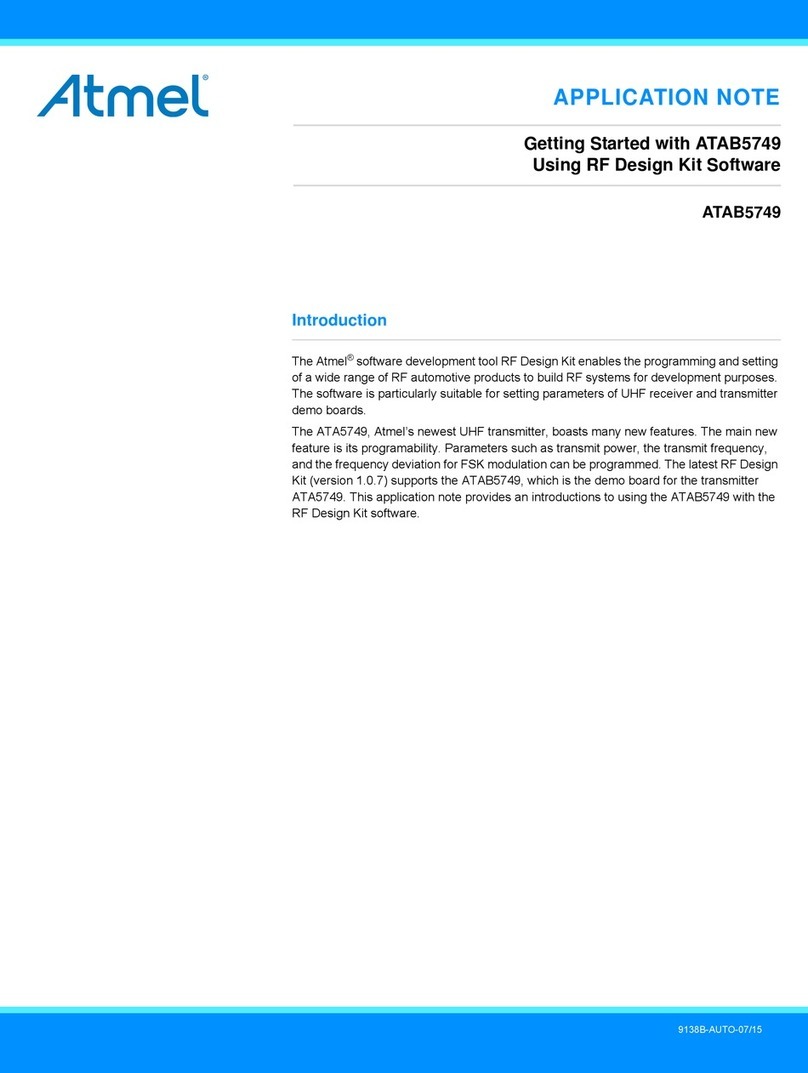
Atmel
Atmel ATAB5749 Installation and operating instructions

Atmel
Atmel develer DevelBoard Blue Quick user guide
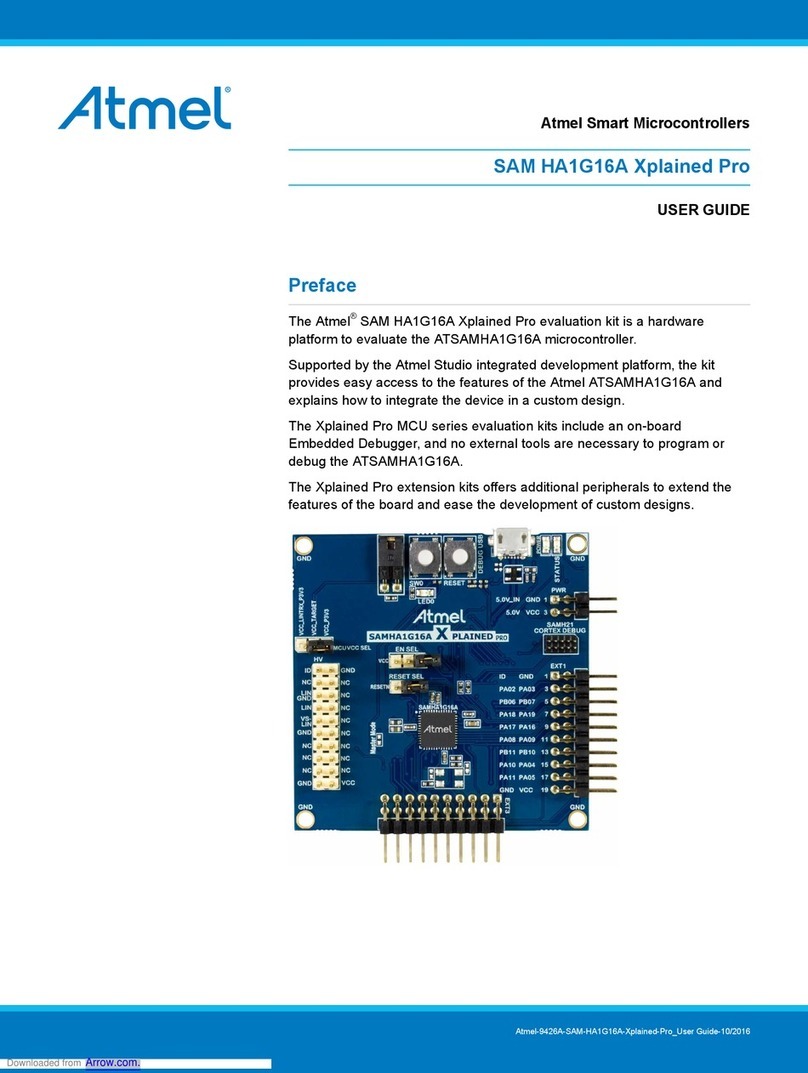
Atmel
Atmel SAM HA1G16A Xplained Pro User manual
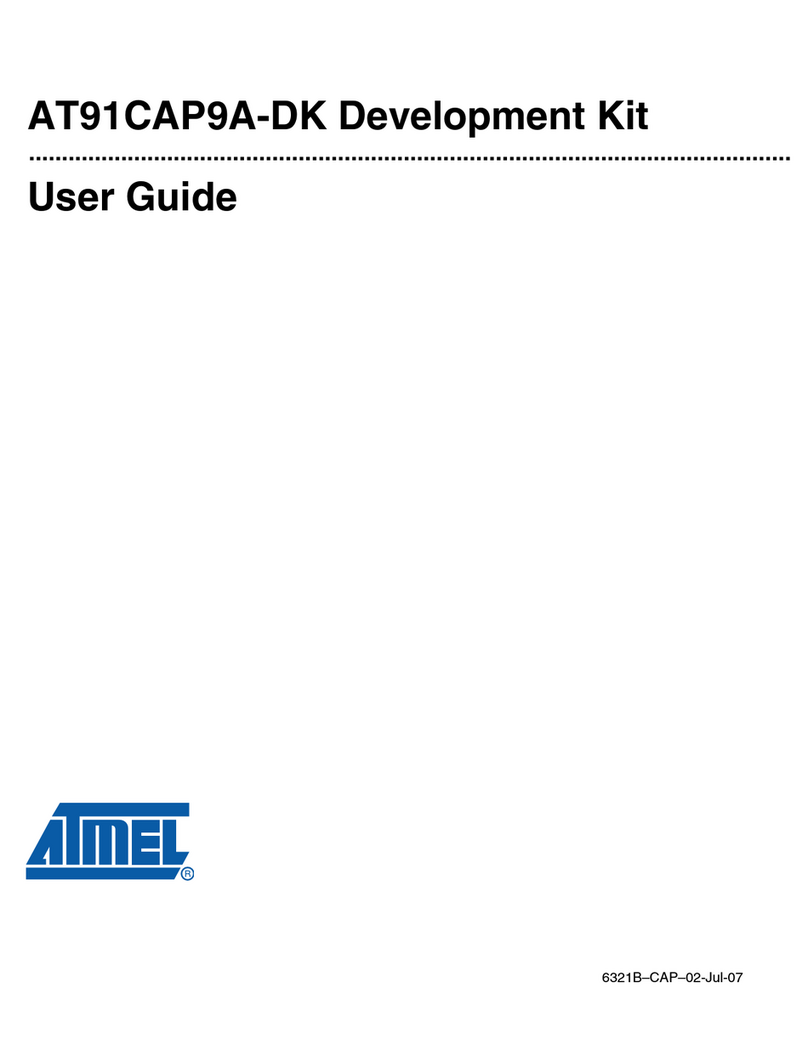
Atmel
Atmel AT91CAP9A-DK User manual
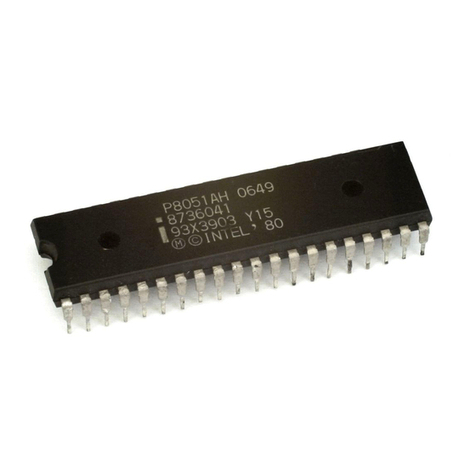
Atmel
Atmel 8051 User manual
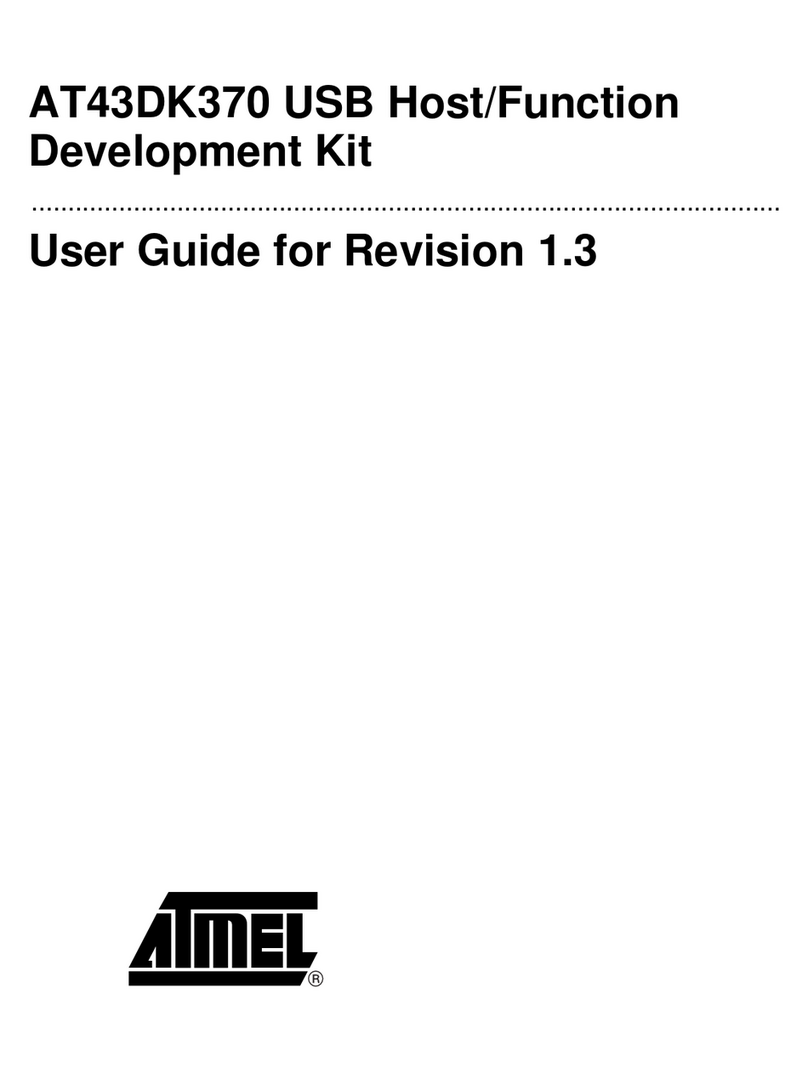
Atmel
Atmel AT43DK370 User manual
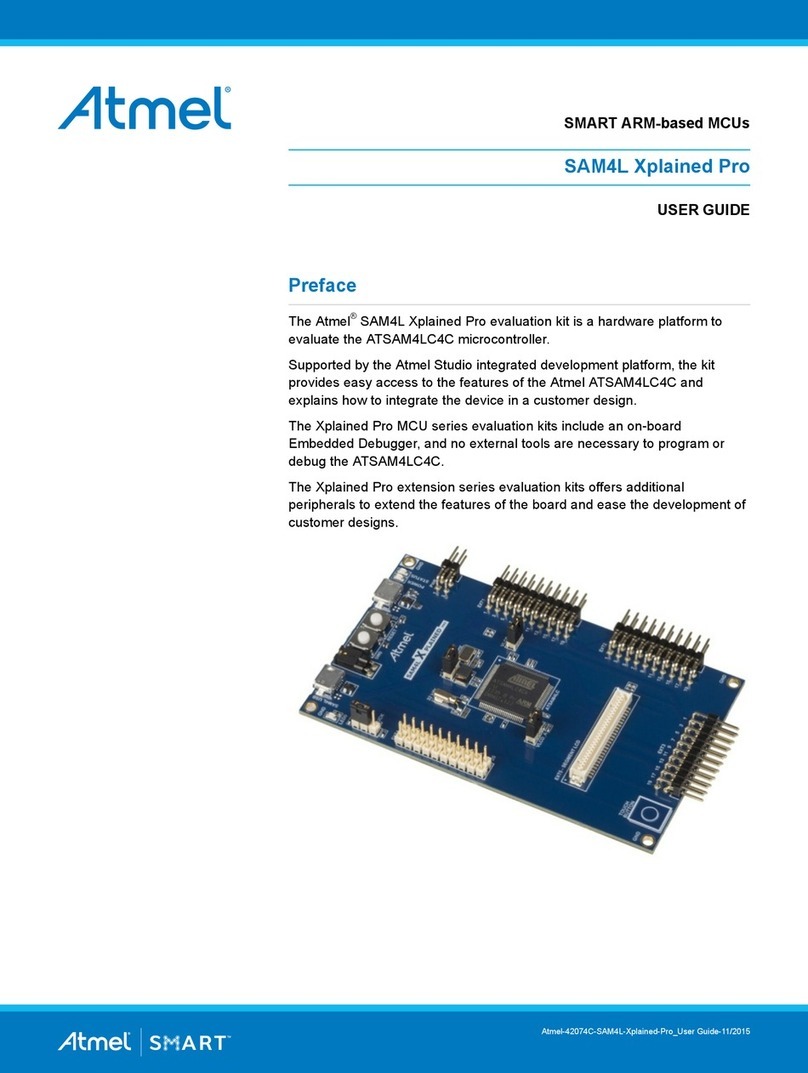
Atmel
Atmel SAM4L Xplained Pro User manual
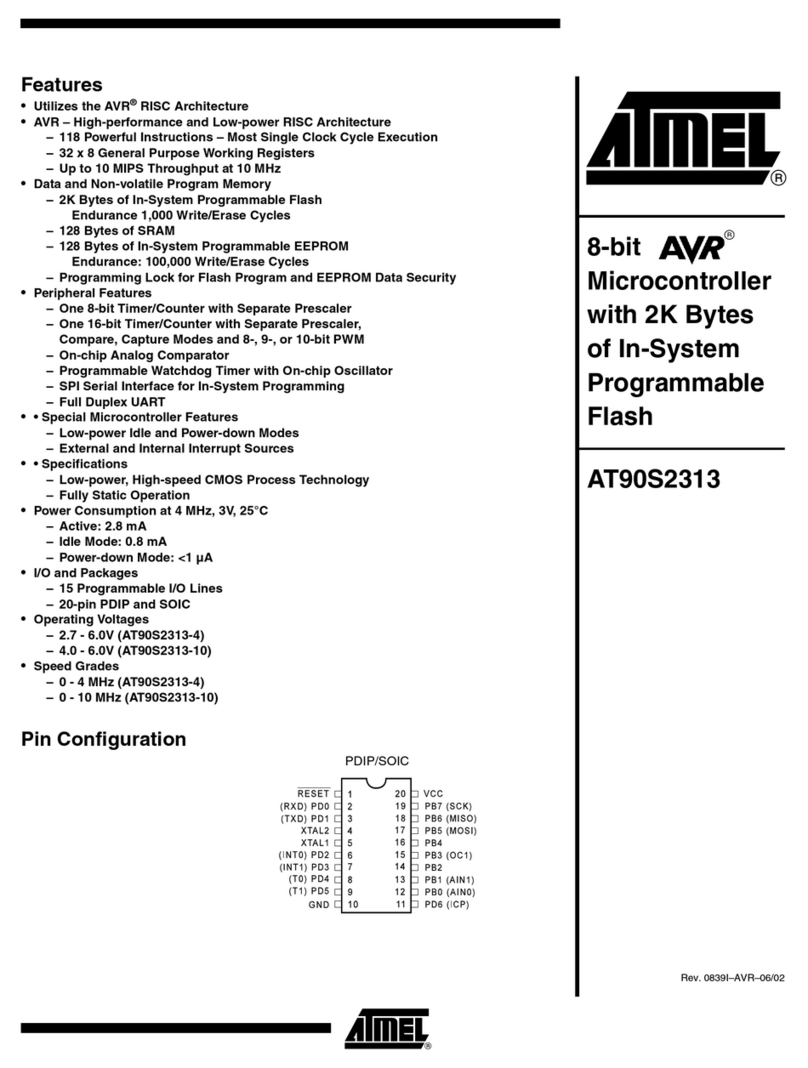
Atmel
Atmel AT90S4433-8AC User manual
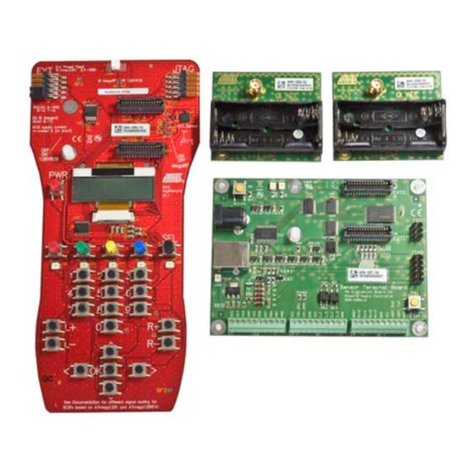
Atmel
Atmel AVR2103 User manual
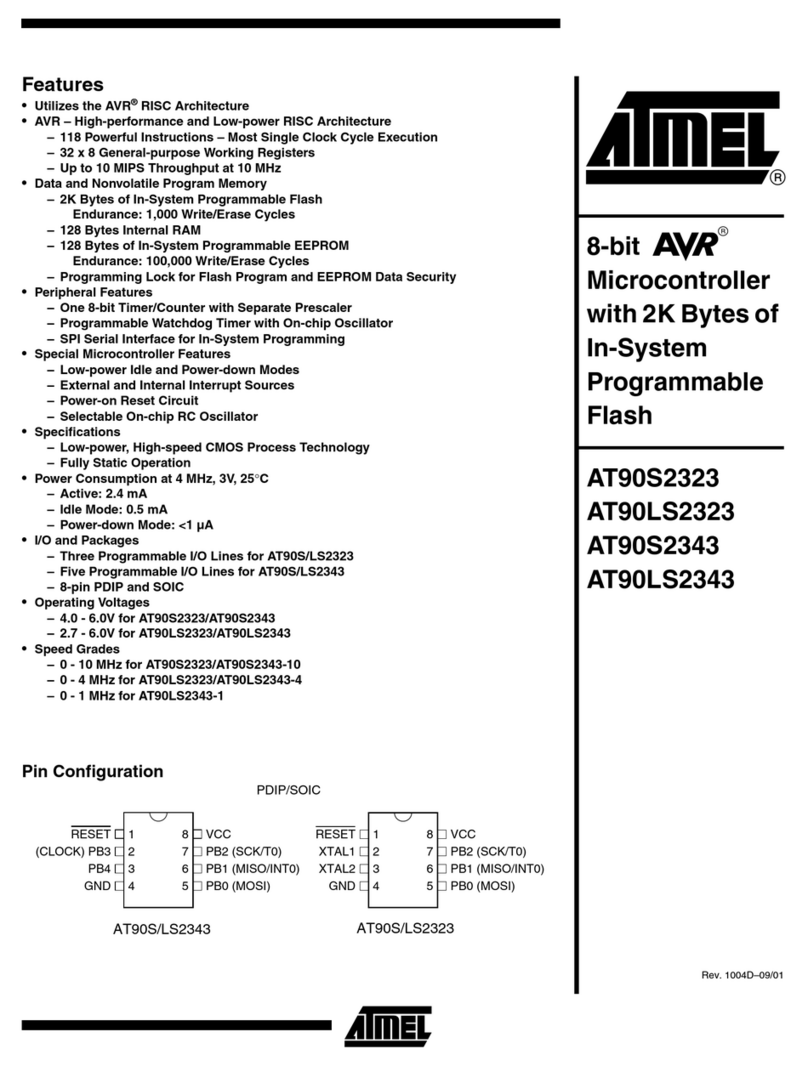
Atmel
Atmel AVR AT90S2323 User manual
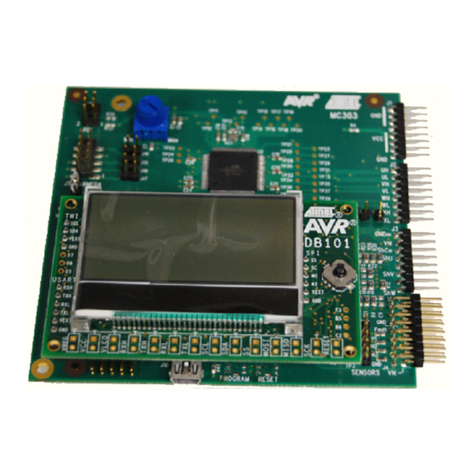
Atmel
Atmel AVR1014 User manual
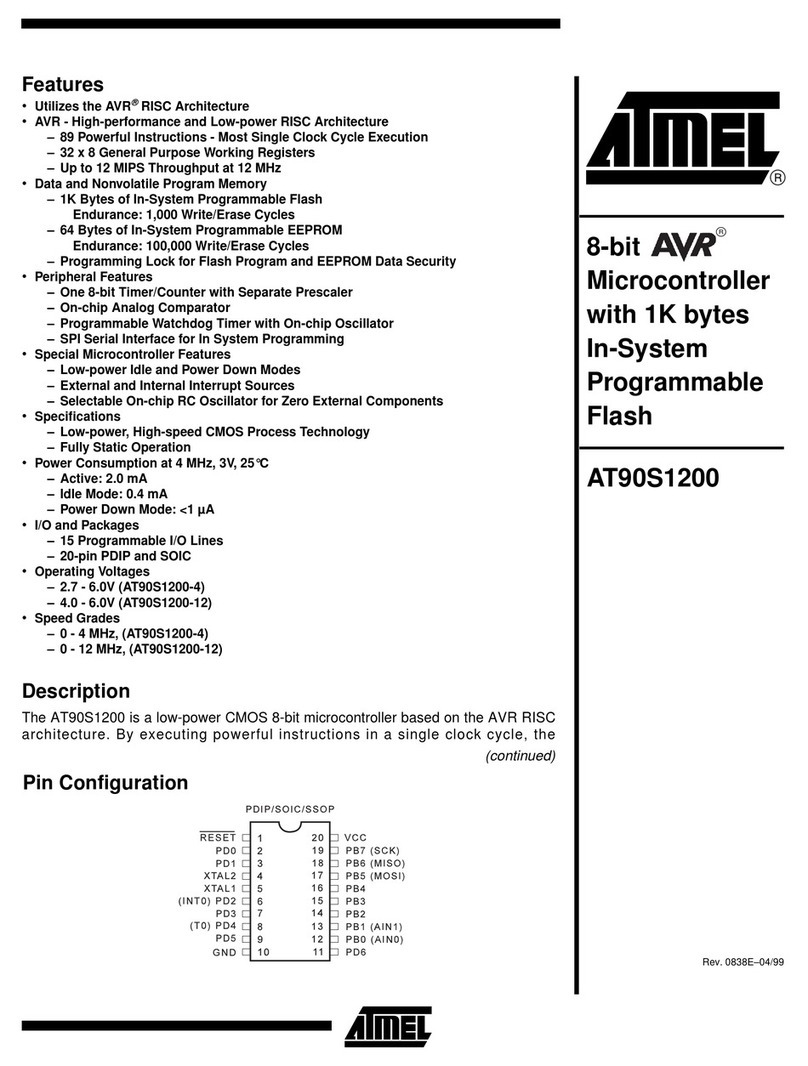
Atmel
Atmel AT90S1200 User manual
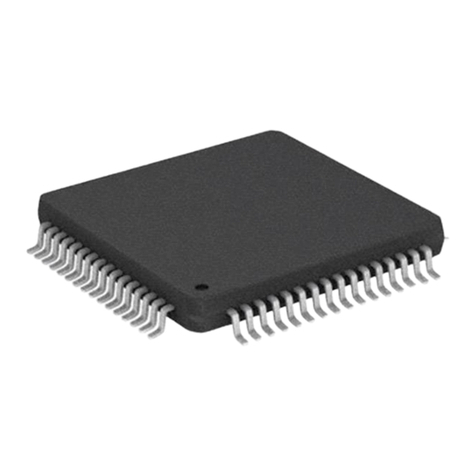
Atmel
Atmel AVR AT90CAN32 User manual
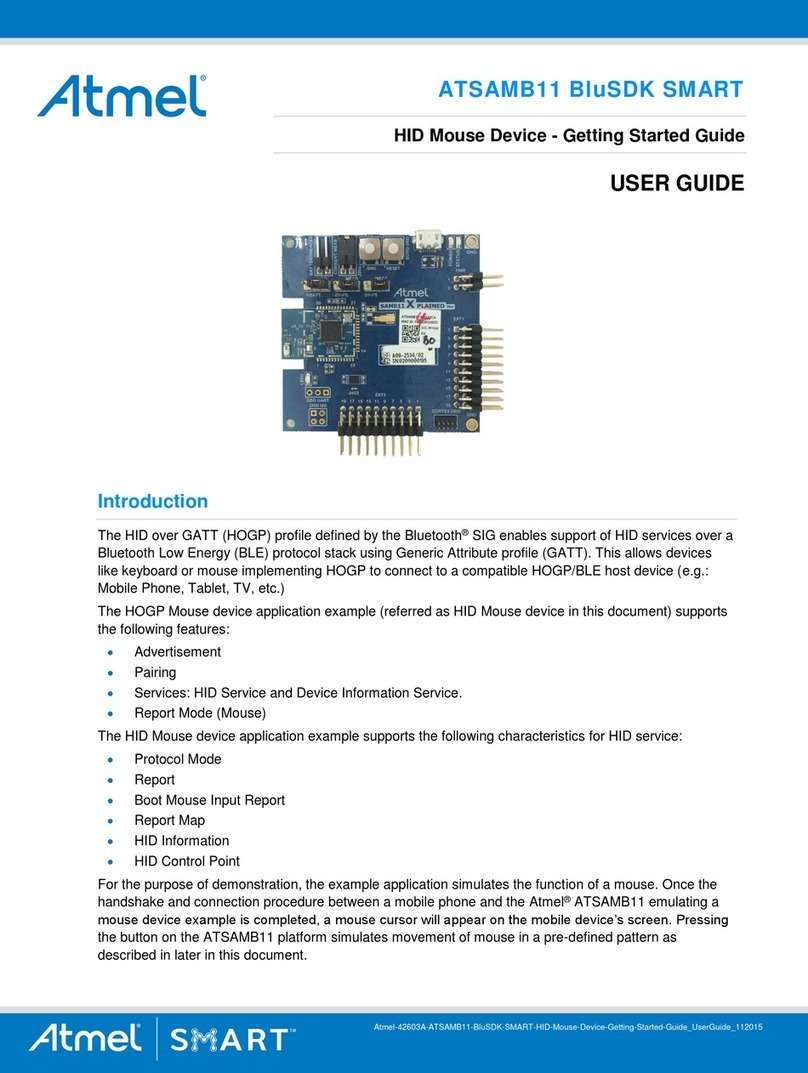
Atmel
Atmel ATSAMB11 BluSDK SMART User manual
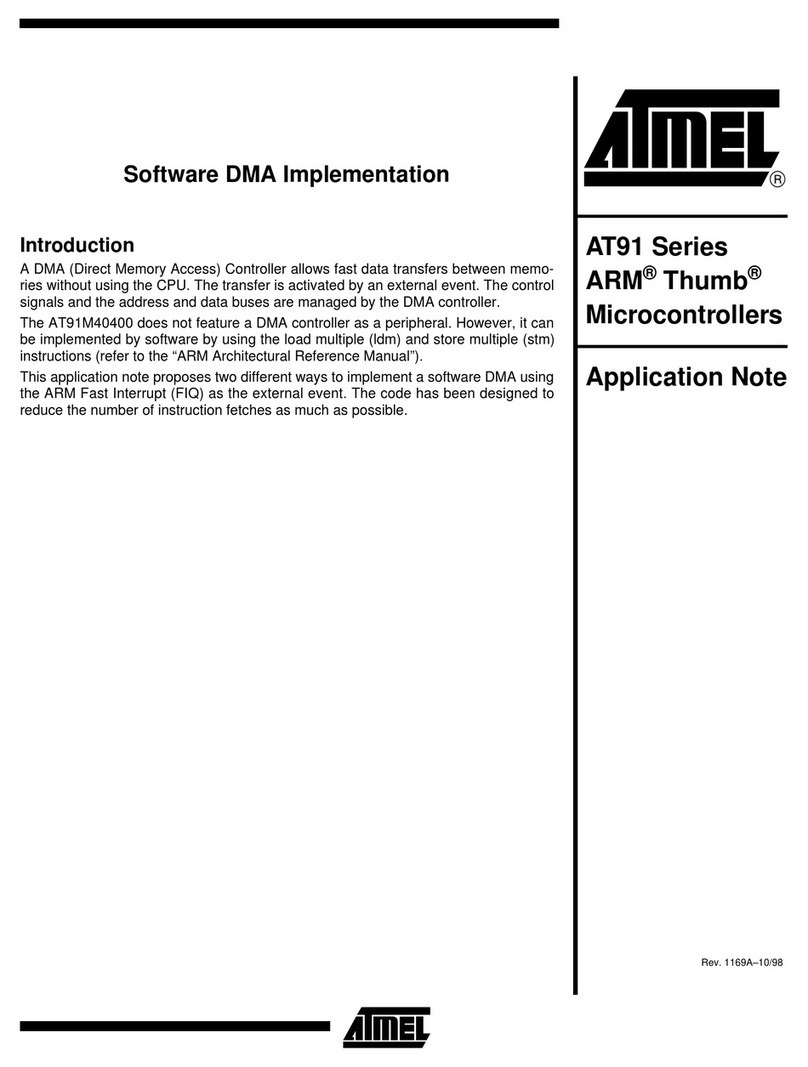
Atmel
Atmel AT91 Series Installation and operating instructions

Atmel
Atmel ATBTLC1000 BluSDK User manual
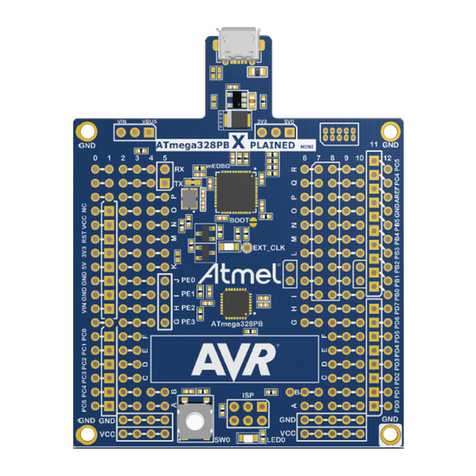
Atmel
Atmel ATmega328PB Xplained Mini Installation and operating instructions
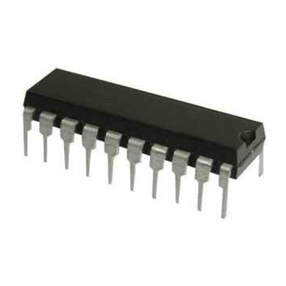
Atmel
Atmel AT90S2313 User manual
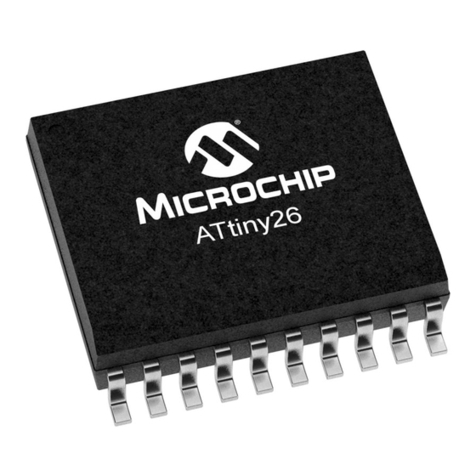
Atmel
Atmel ATtiny26 User manual
Popular Microcontroller manuals by other brands

DIGITAL-LOGIC
DIGITAL-LOGIC MICROSPACE manual

Texas Instruments
Texas Instruments TMS320F2837 D Series Workshop Guide and Lab Manual

CYPRES
CYPRES CY14NVSRAMKIT-001 user guide

Espressif Systems
Espressif Systems ESP8266EX Programming guide

Abov
Abov AC33M8128L user manual
Silicon Laboratories
Silicon Laboratories C8051F800 user guide
